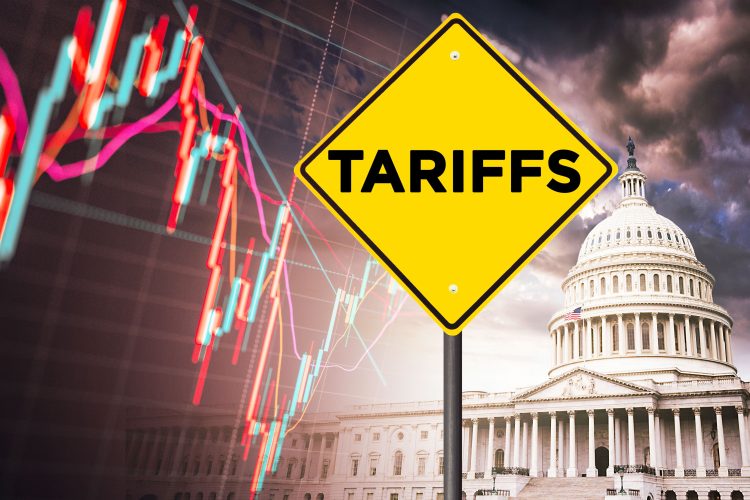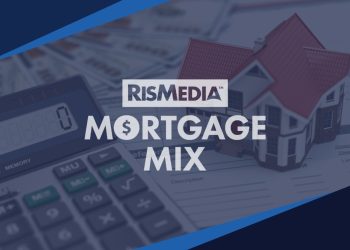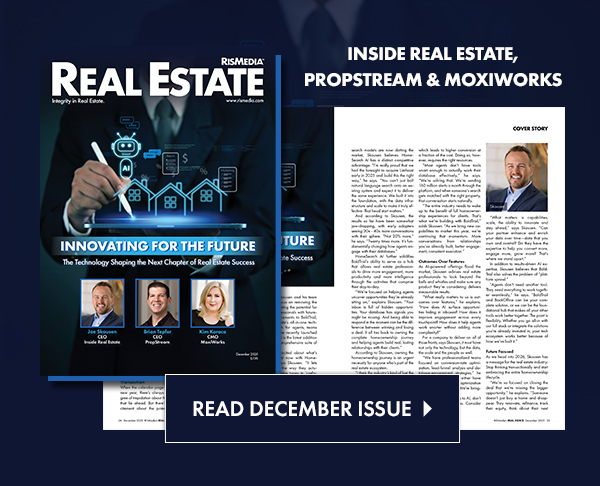Federal Reserve Governor Lisa Cook pointed to tariffs as the cause of a recent rise in inflation data during a Nov. 3 speech on economic outlook and monetary policy.
During her speech, Cook noted the rise in inflation as of the September PCE report, which saw annual inflation hit “significantly” above the Fed’s 2% inflation target at 2.8%. Core inflation (which excludes food and energy) also hit 2.8% in the same report.
“Both of these readings are as high or higher than their readings a year before, propped up by an increase in tariff-affected goods prices,” Cook said.
Cook continued, noting that her conversations with business leaders have suggested that the “pass-through of tariffs to consumer prices is not yet complete.”
“Many firms have adopted a strategy of running down their inventories at lower price levels before raising prices. Others have reported waiting until tariff uncertainty is resolved before passing increases on to consumers,” she continued. “New car models, clothing lines and other products will be coming onto the market, and that process will continue to provide firms with an opportunity to level set prices.”
Following this logic, Cook said she expects inflation to “remain elevated for the next year.”
Despite a rise in inflation due to tariffs, Cook noted that the effect that tariffs have on goods pricing, “should represent a one-time increase.” She also noted that long-run expectations, such as those from the New York Fed Survey of Consumer Expectations, remain “low and stable.” Specifically, without tariff effects, core inflation through September, “appears to be about 0.5 percentage points lower, at about 2.3%, suggesting that underlying inflation has continued to make progress toward the target.”
“My assessment is that inflation is on track to continue on its trend toward our target of 2% once the tariff effects are behind us,” Cook added. “The big caveat is that tariff effects must prove not to be persistent and that monetary policy remains appropriately focused on achieving that goal.”
As the government shutdown weighs on the minds of many, it also weighs on the Fed. Cook addressed the negative impact of the shutdown on economic activity, noting that “furloughing federal workers and forgoing government purchases of goods and services, including those provided by contractors, directly lowers output in the public sector.” She also noticed “spillover effects” to the private sector, such as potential delays in government payments, permits, inspections, insurance provision and other functions.
“Some small business contractors with very little cushion may never be paid and may ultimately close their businesses,” Cook continued. “I see both sets of effects as being largely temporary. It is anticipated that they will unwind in the following quarter after the shutdown ends.”
From there, Cook turned her focus to the job market, which has been of note as a strong indicator for the recent interest rate cuts from the Fed. She said that while the Fed has been without the jobs report during the government shutdown, labor market indicators have indicated a “modest softening.”
Of slowing payrolls, Cook said this worsening factor can mostly be attributed to “a coincident decline in population growth due to immigration policy.”
However, in terms of low-to-middle-income (LMI) households, Cook said there is a distinct worsening of factors for the vulnerable group. She likened the current stats to a “two-speed” economy, “when the well-off are doing well, while LMI and vulnerable households are not.”
“Ultimately, I believe delivering on our dual-mandate goals will produce the best outcomes for all Americans,” said Cook. “Nonetheless, it is important for policymakers to monitor the two-speed economy. Understanding the challenges faced by so many Americans underscores the reasons why we need to get monetary policy right.”
Cook concluded with outlined expectations over the next quarter or so: “I expect the economy to grow moderately over the medium term, supported by an AI productivity boom. I see the labor market as still solid, but I am highly attentive to downside risks. I see inflation as remaining somewhat elevated due to tariff effects and subject to upside risks.”












